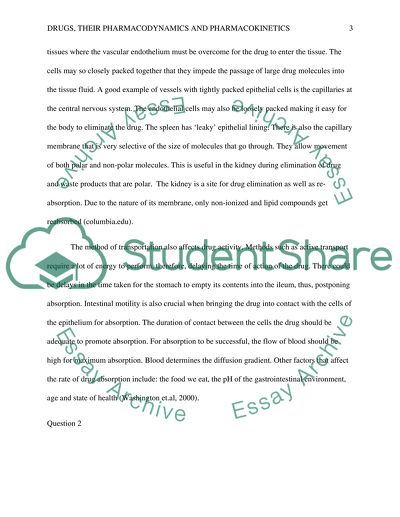Cite this document
(“Pharmacology Assignment Example | Topics and Well Written Essays - 750 words”, n.d.)
Retrieved from https://studentshare.org/nursing/1491978-pharmacology
Retrieved from https://studentshare.org/nursing/1491978-pharmacology
(Pharmacology Assignment Example | Topics and Well Written Essays - 750 Words)
https://studentshare.org/nursing/1491978-pharmacology.
https://studentshare.org/nursing/1491978-pharmacology.
“Pharmacology Assignment Example | Topics and Well Written Essays - 750 Words”, n.d. https://studentshare.org/nursing/1491978-pharmacology.


